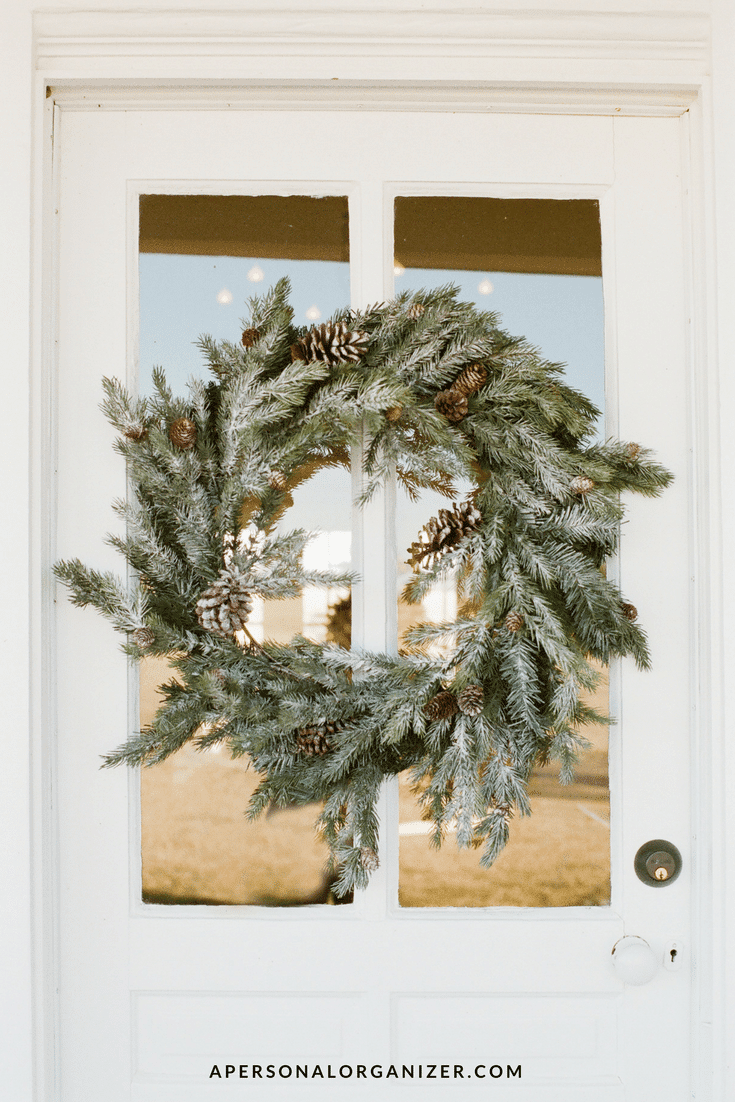This post may contain affiliate links for your convenience. As an Amazon Associate, A Personal Organizer, LLC earns from qualifying purchases.
Selecting, Organizing, And Caring Tips For Your Gardening Tools
Essential Tools & Tips To For Your Gardening Tools
It can be difficult for first-time or even seasoned gardeners to decide which garden tools to invest in. Even when you’ve narrowed down which tools you really want, it can still be difficult to determine exactly what to look for in each tool.
If you’ve purchased quality tools, you’re off to a great start. But, properly caring for your tools is what will really make them last.
If you, like many others, are unsure of which garden tools to buy, what to look for in those tools, and how to care for them, then I have exactly the tools for gardening list for you.
Read on to learn what to look for in the basic gardening tools and how to maintain them.

If you’ve selected the best tools and become knowledgeable about how to care for them but still find yourself feeling overwhelmed by the prospects of at-home gardening, then my Garden Planner, available in both digital and print, can help.
As an experienced personal organizer, I know that the key to starting and maintaining a hobby like gardening is proper organization. With over 40 organizational forms, my Garden Planner can help you become the green thumb of your dreams.
1 – Large Garden Shovel
A large shovel is the most basic and important tool in any gardening kit. Shovels are primarily used for cutting through the soil to form plant beds. In addition, your shovel can help you weed, clear debris, and break up tough soil.
What to look for: The best shovels have a sturdy metal head that does not bend or break and is firmly secured to the handle. Make sure that the top of the shovel allows you to put your weight on it to help you dig into the earth.
Shovel care: Shovels shouldn’t require too much care. If the metal begins to rust, scrub with steel wool or a hard wire brush. Wooden shovel handles can occasionally be soaked in linseed oil to preserve their quality.
2 – Comfortable Gardening Gloves
For many gardeners, gloves are a must-have to prevent things like splinters, rocks, and bugs from harming your hands. Although you won’t get to feel the soil between your fingers, gloves can really help protect your hands.
What to look for: Your gloves should fit snugly at the wrist and not have extra material at the ends of the fingers. If your gloves are too loose, dirt will find its way in. You can spend a little more money and get water-resistant gloves.
Glove care: Clean off excess dirt with warm water. Some gloves are machine washable but check the label first. Also, make sure to replace your gloves if they become worn down.
3 – Gardening Hoe
Gardening hoes are a great multi-use garden tool. Garden hoes can be used for soil clearing, weeding, harvesting, and more.
What to look for: Look for a garden hoe that fits comfortably in your hand. Make sure the metal hoe part is heavy enough to dig into tough soil.
Hoe care: Store hoes and other tools with rubber/plastic handles in a cool, dry place. Leaving them out in the sun can cause the handles to deteriorate and crack.
4 – Pick Mattock
Pick mattocks are perfect for those who live in areas with soil that contains lots of clay or stones. By having one side as a pickaxe and the other side as a hoe-style shape, pick mattocks are a great heavy-duty digger.
What to look for: The most important thing for a pick mattock is length. Some mattocks can be up to 4 feet long, while others are more handheld. Choose one that has a sturdy and heavy head.
Pick Mattock care: To prevent rust, store your pick mattock in a dry place and scrub it with steel wool or a wire brush if rust appears.
5 – Trowel/Small Spade
A handheld trowel or a small spade is a must for digging small holes or other situations where a large shovel is too cumbersome.
What to look for: Make sure that your selected trowel is very comfortable to hold. Cheap spades have a thin metal head that can bend. Make sure yours won’t flex under pressure.
Spade care: Do not store your trowel in the sun. If your trowel gets wet, make sure to dry it off before storing it to prevent rust from forming.
6 – Small Handheld Pruners
Having a small pair of hand pruners is very helpful for trimming off leaves and harvesting vegetables like tomatoes. They also come in handy for snipping tough stems.
What to look for: You will probably use your pruners for tough, woody stems, so make sure that they snap shut forcefully and have a strong blade. Choose pruners that lock shut to maximize safety.
Pruner care: Pruners’ blades need to be kept very sharp. Once a year, use a whetstone or kitchen knife sharpener to sharpen the blades of your handheld pruners.
7 – General use Rake
Large rakes are great for two reasons: raking leaves and smoothing soil. Wide rakes can save hours on debris cleanup during windy days. In addition, they are great for giving your soil a smooth top-coat.
What to look for: Make sure your rake has tines that aren’t flimsy yet bend and flex. Try to choose a rake with a protective coating over the tines to prevent rust.
Rake care: Never store rakes with wooden handles outside. After each use, make sure to pick any debris from the tines to avoid buildup over time.
8 – Wheelbarrow
Wheelbarrows are a seriously underrated part of a gardener’s toolkit.
Wheelbarrows are obviously great for carrying loads of soil around the garden, but they also function as the perfect portable container to toss weeds, harvested vegetables, or waste in while gardening.
What to look for: Choose a wheelbarrow that is easy to steer and has enough capacity to carry a large load.
Wheelbarrow care: Clean the inside of your wheelbarrow after each use to prevent buildup. If you use a hose, dry the inside of your wheelbarrow well to prevent rust.
9 – Long Loppers
Long loppers look like handheld pruners on steroids. These are perfect for chopping through woody stems and tough plants. Their length makes them great for hard-to-reach places and thorny plants.
What to look for: Choose loppers that aren’t too heavy, as you’ll need to be able to maneuver them into hard-to-reach spots.
Lopper care: Many loppers have rubber surroundings on the edge of their handles, which need to be kept in a cool, dry place to prevent cracking. Once a year, sharpen your lopper’s blades with a whetstone or kitchen knife sharpener.
10 – Hand Cultivator
Having a hand cultivator is great for those in areas with tough soil. These tools loosen soil for perfect plant bed formation.
What to look for: Choose a cultivator that isn’t too heavy or bulky. Make sure that the tines are thick enough to break up tough soil properly.
Cultivator care: Hand cultivators are prone to rust, so make sure to dry them off before storing them away. Wooden handles can be rubbed with linseed oil to prevent cracking.
So, this is my list of the top 10 garden tools. Did I miss something? Do you have a tool you love? Share it with us in the comments below!
As an experienced personal organizer, I know that the key to starting and maintaining a hobby like gardening is proper organization. With over 40 organizational forms, my Garden Planner can help you become the green thumb of your dreams.
Organizing Planners
The Garden Planner
From seed, tools, and plant inventories to shopping lists for all your gardening needs and planning.
Shop Gardening Tools
While there are endless possibilities for tools and gardening, I always go back to the basics: my tote with my tools, a kneeling pad, and very good gloves.











